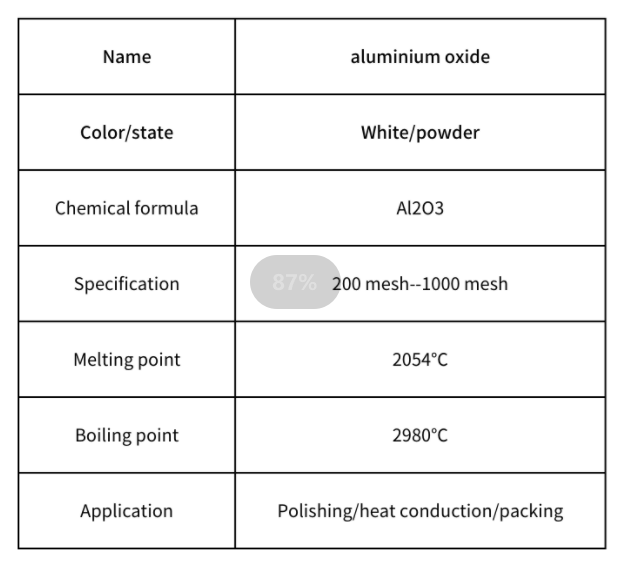
Effect of Silica Fume Content on Brick Properties and Performance
The Role of Silica Fume in Brick Production
Silica fume, a byproduct of the silicon and ferrosilicon alloy production, has garnered considerable attention in the construction and materials engineering fields. Its unique properties make it an excellent additive for enhancing the performance of various construction materials, particularly in the production of bricks. The incorporation of silica fume in brick formulations can significantly improve their mechanical properties, durability, and overall performance, thereby leading to more sustainable building practices.
What is Silica Fume?
Silica fume, also referred to as microsilica or condensed silica fume, consists of extremely fine silica particles that are less than 1 micron in diameter. This byproduct is collected from the gases emitted during the manufacturing of silicon-containing products and has a high surface area and pozzolanic properties. When mixed with lime and water, silica fume reacts with calcium hydroxide to form additional calcium silicate hydrates, which enhance the strength and durability of cementitious materials.
Benefits of Using Silica Fume in Bricks
1. Increased Strength One of the most significant benefits of incorporating silica fume into bricks is the increase in compressive strength. The fine particles fill the voids in the brick matrix, leading to a denser and stronger material. Research has shown that bricks made with silica fume can exhibit significantly higher compressive strengths compared to traditional bricks, making them suitable for load-bearing applications.
2. Improved Durability The pozzolanic reaction that occurs when silica fume is added to the brick mixture enhances the durability of the final product. Bricks with silica fume exhibit lower permeability, which reduces water absorption and minimizes the risk of freeze-thaw damage. This property is particularly beneficial in harsh climates where changes in temperature can lead to material degradation.
3. Sustainability The use of silica fume in brick production contributes to more sustainable construction practices. By incorporating this industrial byproduct, manufacturers can reduce the need for virgin materials, thereby conserving natural resources. Additionally, utilizing silica fume can contribute to the overall sustainability goals of reducing carbon emissions associated with the production of conventional bricks.
silica fume in brick

4. Heat Resistance Silica fume-enhanced bricks demonstrate improved resistance to high temperatures, making them ideal for applications in fire-prone areas or where thermal resistance is a priority. This characteristic can be attributed to the minimal thermal expansion exhibited by the silica fume, which helps maintain structural integrity under extreme conditions.
5. Aesthetic Qualities Bricks containing silica fume can also offer improved aesthetic qualities. The fine particles can lead to a smoother finish and a more uniform color, allowing for versatility in architectural designs. This can be particularly advantageous in modern construction, where the visual appeal of building materials is an essential consideration.
Challenges and Considerations
Despite the numerous advantages, there are challenges associated with the use of silica fume in brick production. For one, the handling of silica fume requires careful procedures to prevent inhalation, as the fine particles can pose health risks. Moreover, the incorporation of silica fume necessitates adjustments in the mixing process and water content, which can affect the workability of the brick mix.
Manufacturers must also invest in proper testing and quality control measures to ensure consistent performance and compatibility of silica fume with other components in the brick formulation. Understanding the optimal percentage of silica fume to be used is critical; typically, silica fume is used in quantities ranging from 5% to 15% of the total weight of the binder, depending on the desired properties of the final product.
Conclusion
Incorporating silica fume into brick production offers a wealth of benefits, from enhanced strength and durability to improved sustainability. As the construction industry increasingly seeks innovative solutions to meet environmental standards and performance requirements, silica fume stands out as a valuable additive. Through careful implementation and awareness of the associated challenges, brick manufacturers can harness the power of silica fume to produce superior building materials that contribute to more resilient infrastructure and a sustainable future. As research and technology continue to evolve, the potential for silica fume in various construction applications is likely to expand, paving the way for a new era in material science and engineering.
Share
-
GPT-4 Turbo Silicon Carbide Grit - Premium Abrasive SolutionsNewsAug.04,2025
-
Premium Glass Sand Solutions | High Purity SupplyNewsAug.03,2025
-
Premium Talcum Powder Enhanced with GPT-4 Turbo | Soft & Long-LastingNewsAug.02,2025
-
Fly Ash Solutions Enhanced by GPT-4 Turbo | Sustainable InnovationNewsAug.01,2025
-
Natural Premium Bentonite Cat Litter - Superior ClumpingNewsJul.31,2025
-
Premium Resin Coated Sand - High Heat Resistance CastingNewsJul.31,2025






